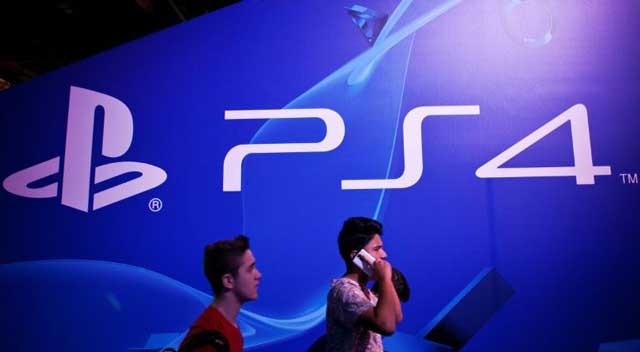
London, United Kingdom | AFP | Civilisation has collapsed after a global infection. A gay heroine, backed up by characters drawn from diverse minorities, fights back against warring factions of humanity.
As storylines go, the blood-soaked new video game “The Last of Us Part II” dovetails into a troubled contemporary landscape.
The title is released worldwide on Friday for Sony PlayStation 4 consoles, after a protracted delay caused by the COVID-19 pandemic, which shut down much of the entertainment industry.
The studio behind the game is California-based Naughty Dog, a subsidiary of Sony Interactive Entertainment, which says that pre-release sales have held up strongly despite online leaks in the build-up that revealed some gameplay.
The wait has been worth it, according to most reviews. The game averages 95 out of 100 on the aggregator website Metacritic, ranking it in third place all time. Top spot remains held by 2018’s similarly immersive, Western-themed “Red Dead Redemption 2”.
“The Last of Us Part II” is restricted to 17s and over in the United States, and certainly is not for the faint of heart.
Virtual killings are up-close, featuring death by throat-slashing and strangulation, as the guitar-playing protagonist Ellie pursues a mission of vengeance across a post-apocalypse Seattle.
Victims who are not already fungus-riddled zombies plead for their lives, and some critics have questioned the explicit gore.
But the Washington Post’s review said the intimate bloodshed forms part of “a searing demonstration of how a video game can marry heart-stopping gameplay, gorgeous environmental storytelling and anxiety-inducing moral complexity”.
– Inspiring or depressing? –
The story picks up from the bestselling first instalment of “The Last of Us” released in 2013, which is in development as an HBO television adaptation by the creator of last year’s much-acclaimed series “Chernobyl”.
Ellie is now 19 and her blood may just hold the cure for humanity after a fungal pandemic has ravaged civilisation.
Parallels abound to today’s world, from the coronavirus outbreak to civil strife amid a global wave of Black Lives Matter protests.
“It’s very much based on real-world conflict and tribalism. Things that we now unfortunately see very clear examples of in the US,” the game’s director, Neil Druckmann, told the BBC.
If many video games appear all too aimed at an audience of white, straight males, “The Last of Us” sequel gives the white Ellie a bisexual girlfriend and portrays other characters drawn from ethnic minorities. One is transgender.
“We didn’t say, ‘Let’s get diverse just to stand out’. It was more like an option to give us a richer story,” Druckmann said.
“That doesn’t automatically make the story better. But there’s something magical when people see themselves in games, it broadens our audience and I think that’s important.”
While there have been widespread plaudits building up to Friday’s release, some reviewers say Druckmann’s attempt to tell a broader morality tale is lost in all the macabre violence.
“It makes for a lonely, depressing experience at a moment when many of us are already feeling lonely and depressed,” Time magazine said.
 The Independent Uganda: You get the Truth we Pay the Price
The Independent Uganda: You get the Truth we Pay the Price



